Refer to the exhibit, which contains the partial output of an OSPF command.
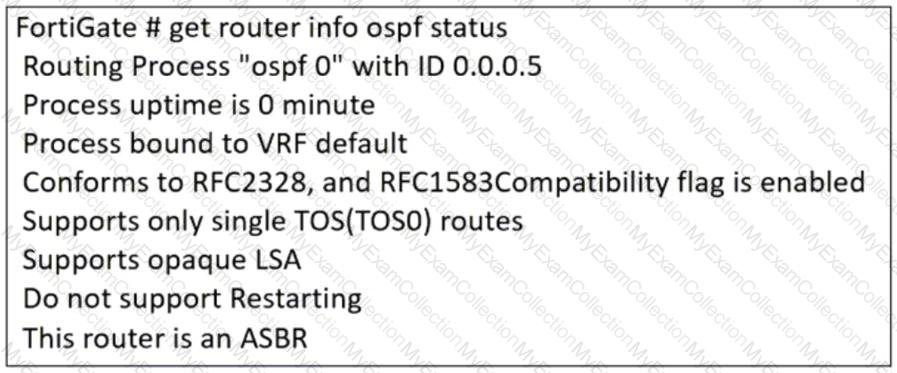
An administrator is checking the OSPF status of a FortiGate device and receives the output shown in the exhibit.
Which statement on this FortiGate device is correct?
An administrator wants to scale the IBGP sessions and optimize the routing table in an IBGP network.
Which parameter should the administrator configure?
Refer to the exhibit, which shows a partial troubleshooting command output.

An administrator is extensively using IPsec on FortiGate. Many tunnels show information similar to the output shown in the exhibit.
What can the administrator conclude?
Refer to the exhibit, which shows theADVPNIPsec interface representing the VPN IPsec phase 1 from Hub A to Spoke 1 and Spoke 2, and from Hub Ð’ to Spoke 3 and Spoke 4.
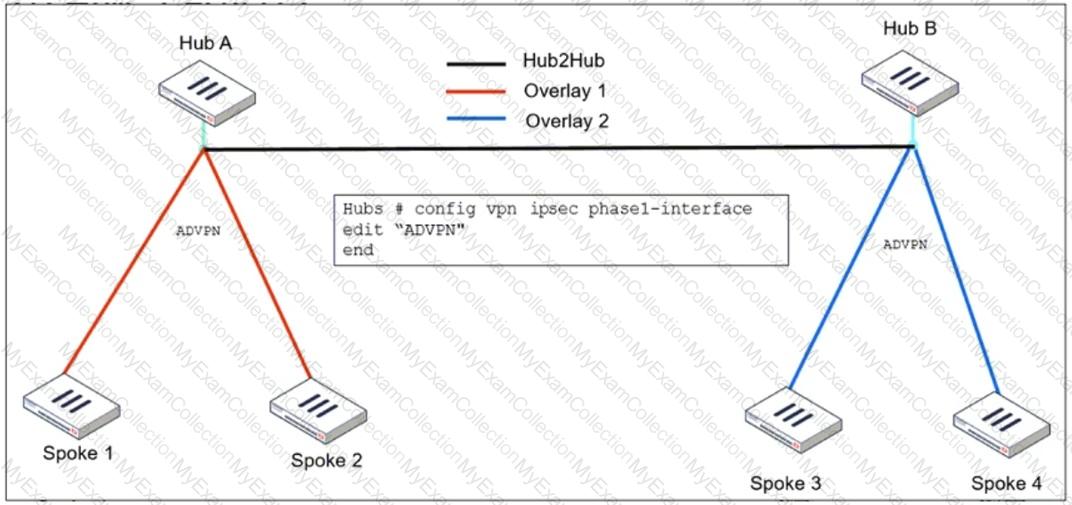
An administrator must configure an ADVPN using IBGP and EBGP to connect overlay network 1 with 2.
What must the administrator configure in the phase 1 VPN IPsec configuration of theADVPNtunnels?
An administrator must standardize the deployment of FortiGate devices across branches with consistent interface roles and policy packages using FortiManager.
What is the recommended best practice for interface assignment in this scenario?
A vulnerability scan report has revealed that a user has generated traffic to the website example.com (10.10.10.10) using a weak SSL/TLS version supported by the HTTPS web server.
What can the firewall administrator do to block all outdated SSL/TLS versions on any HTTPS web server to prevent possible attacks on user traffic?
Refer to the exhibits. The exhibits show a network topology, a firewall policy, and an SSL/SSH inspection profile configuration.
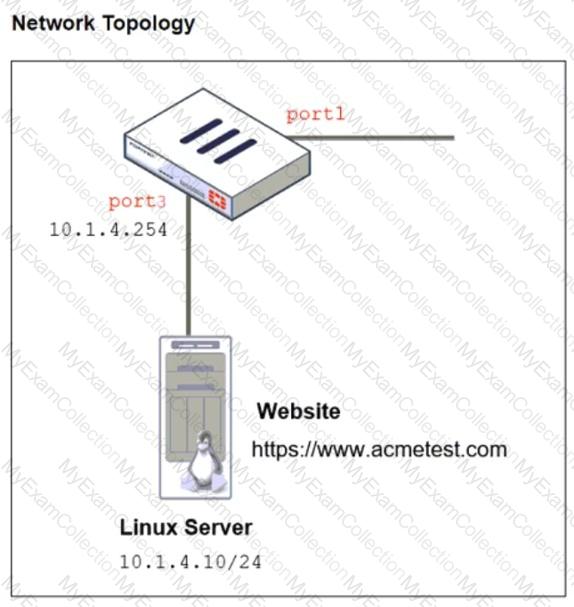
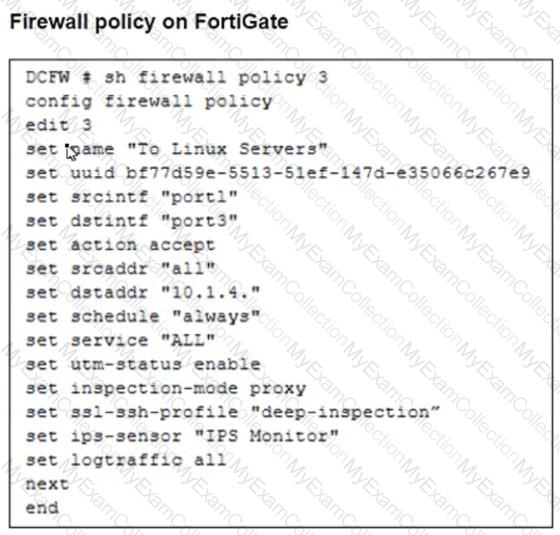
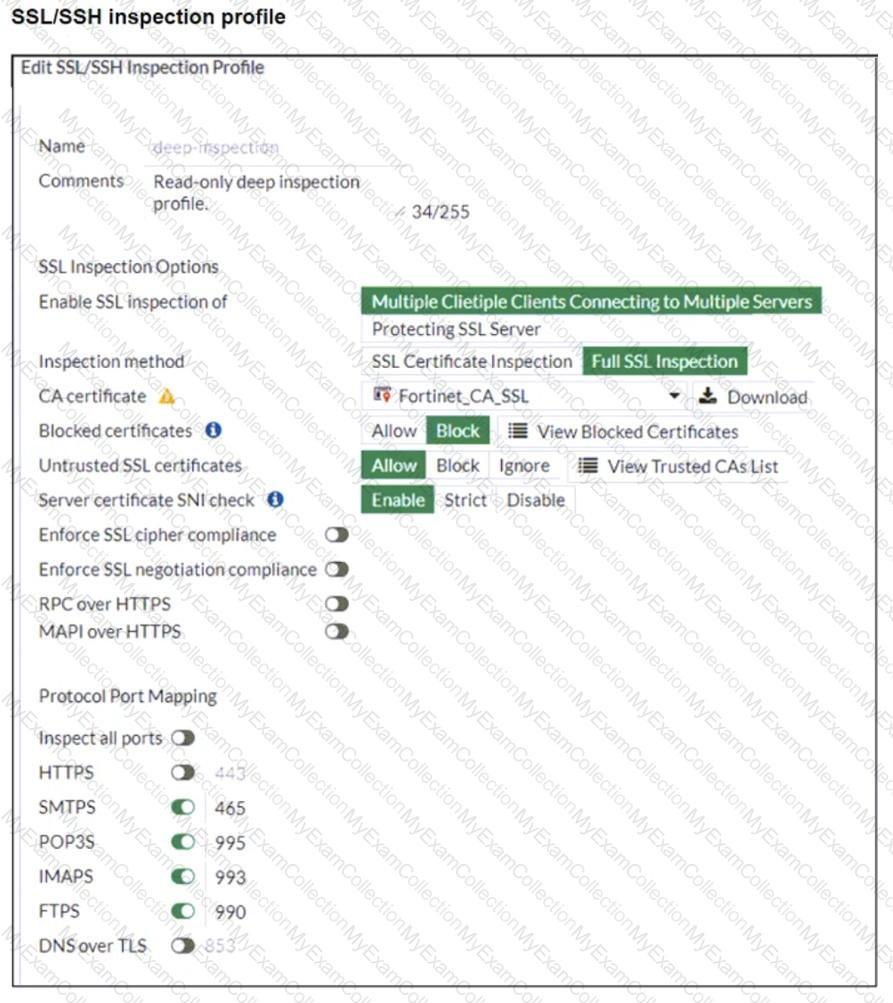
Why is FortiGate unable to detect HTTPS attacks on firewall policy ID 3 targeting the Linux server?
Refer to the exhibit, which shows an OSPF network.
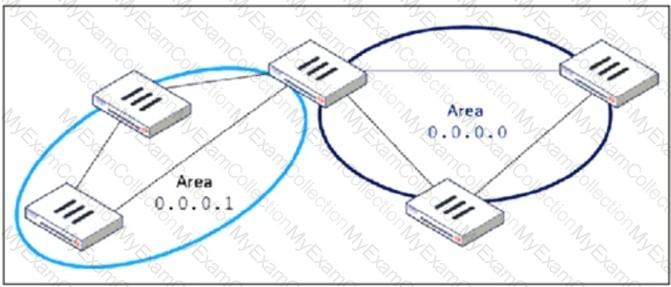
Which configuration must the administrator apply to optimize the OSPF database?
Refer to the exhibit.
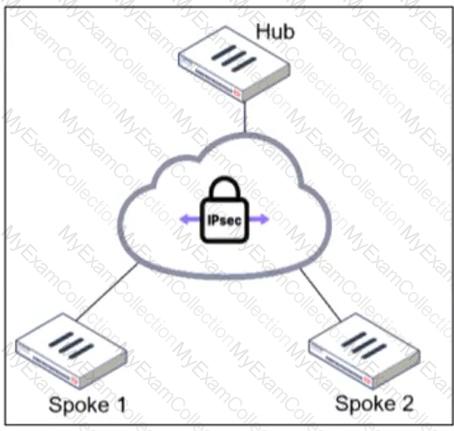
An administrator is deploying a hub and spokes network and using OSPF as dynamic protocol.
Which configuration is mandatory for neighbor adjacency?
How will configuring set tcp-mss-sender and set tcp-mss-receiver in a firewall policy affect the size and handling of TCP packets in the network?
Refer to the exhibit, which shows the HA status of an active-passive cluster.

An administrator wants FortiGate_B to handle the Core2 VDOM traffic.
Which modification must the administrator apply to achieve this?
Refer to the exhibit, which contains the partial output of an OSPF command.
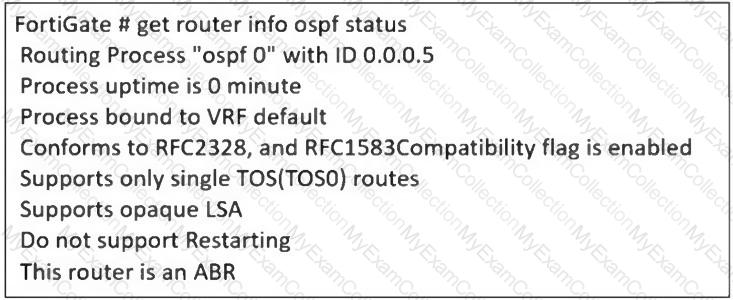
An administrator is checking the OSPF status of a FortiGate device and receives the output shown in the exhibit.
What two conclusions can the administrator draw? (Choose two.)
A user reports that their computer was infected with malware after accessing a secured HTTPS website. However, when the administrator checks the FortiGate logs, they do not see that the website was detected as insecure despite having an SSL certificate and correct profiles applied on the policy.
How can an administrator ensure that FortiGate can analyze encrypted HTTPS traffic on a website?
Refer to the exhibit, which shows an enterprise network connected to an internet service provider.
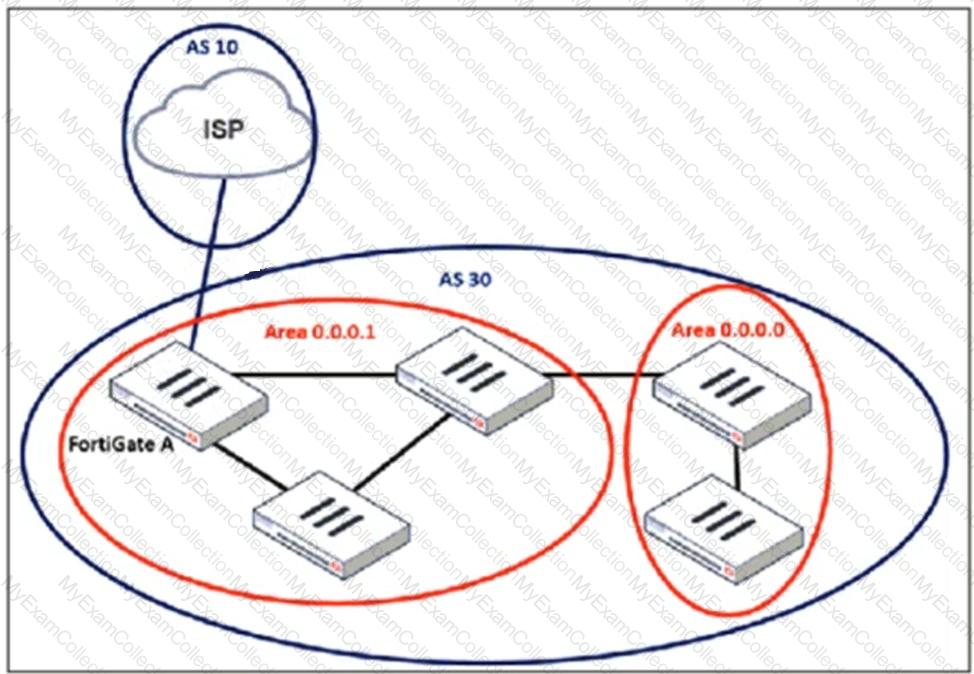
An administrator must configure a loopback as a BGP source to connect to the ISP.
Which two commands are required to establish the connection? (Choose two.)
 BGP normally expects directly connected neighbors, but since the ISP and FortiGate A are usingloopback interfaces,packets will not be sent directly between their physical interfaces.
BGP normally expects directly connected neighbors, but since the ISP and FortiGate A are usingloopback interfaces,packets will not be sent directly between their physical interfaces. Theebgp-enforce-multihopcommandallows BGP to form an eBGP peering over multiple hops.
Theebgp-enforce-multihopcommandallows BGP to form an eBGP peering over multiple hops. Since FortiGate is using aloopback interface as the source, theupdate-sourcecommand ensures thatBGP updates originate from the loopback interfacerather than a physical interface.
Since FortiGate is using aloopback interface as the source, theupdate-sourcecommand ensures thatBGP updates originate from the loopback interfacerather than a physical interface. This is essential becauseBGP peers must match the source IP with the configured neighbor address.
This is essential becauseBGP peers must match the source IP with the configured neighbor address.
